Q. I'm confused. I've been watching the local commercials that say spring
lawn fertilizer will kill all our blue crabs. Yet, one day this week, a garden expert on the "Today" show recommended fertilizing lawns at this time of the year to stimulate lush growth. Whom should I believe?
A. What a great question. My first reaction is that local recommendations are generally more appropriate for local situations.
For some 30 years, I have recommended fall fertilization for cool-season grass in central Virginia.
My recommendations are based on research from Virginia Tech and other leading land grant universities, including Penn State, Cornell and Ohio State.
Their research shows that fescue stores more food and builds healthier roots when fertilized in fall rather than spring. As a result, more of the fertilizer is used by the plant.
What's wrong with spring fertilizer? Nothing, if you're growing warm-season grass such as Bermuda and zoysia. But most lawns in central Virginia are fescue.
Any homeowner knows that if you don't do anything to your lawn in spring, it will start greening up with the first warm days in April. And not long after that, you'll be forced to start your weekly mowing.
Too much spring fertilizer can stimulate excess growth, and the environmental concern is that rain increases the chances that fertilizer will run off into ditches, streams, creeks and rivers.
If you live in the Chesapeake Bay watershed, that runoff might eventually get into the bay.
How does fertilizing a lawn in the Richmond area affect blue crabs in the Chesapeake Bay? The short answer is through nonpoint source pollution. Nutrients such as nitrogen and phosphorus that leach or run off our soils and eventually make it to the bay stimulate growth of algae. That algae clouds the water surface, preventing valuable light from reaching the bottom.
Without light, our aquatic grasses die out. Those grasses are critical to the survival of the blue crab. They provide the crabs with a place to feed and hide from predators. As our aquatic grasses decline, so does the blue crab population.
If you're concerned about the bay or your local water resources, such as Swift Creek Reservoir and the James River, consider fall fertilization of your lawns.

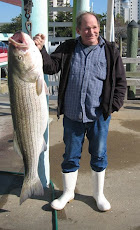



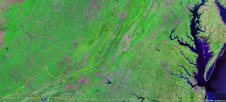
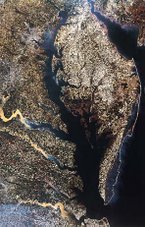





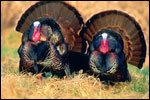

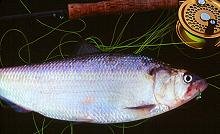



No comments:
Post a Comment